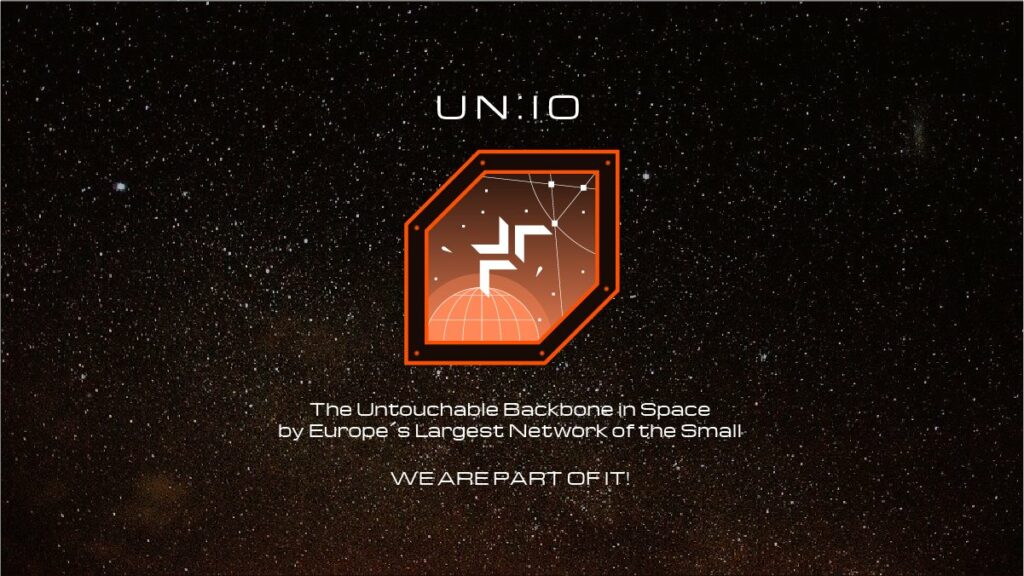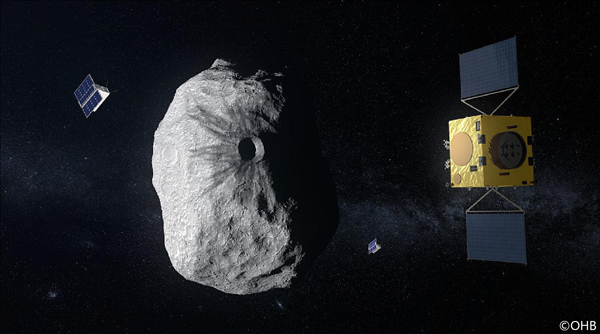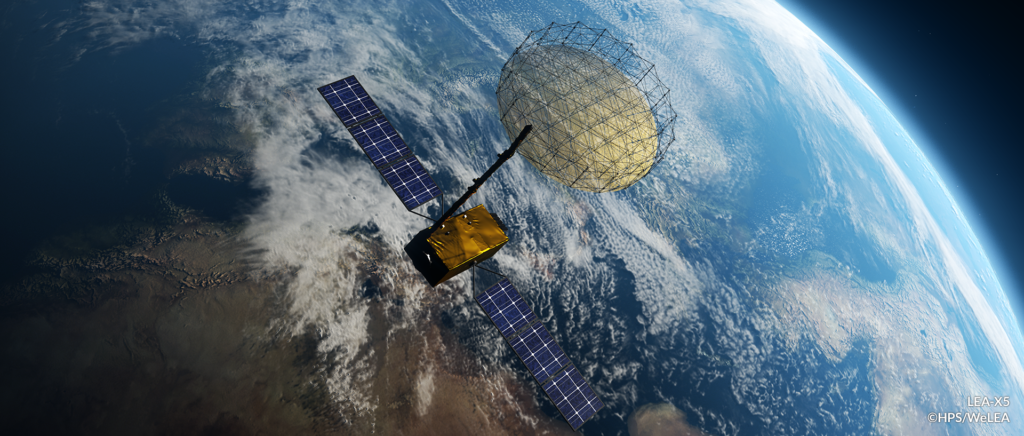Dezember 2021
HPS Space News
Weltpremiere: Deorbit-Turbosail „ADEO“ von HPS ausgewählt, um die Nachhaltigkeit der europäischen Konstellation zu sichern
Bis 2025 wird Europa über eine eigene Satellitenkonstellation verfügen, um souveräne Kapazitäten sowohl für kommerzielle als auch für institutionelle Kommunikationskanäle zu gewährleisten. Schnelles Internet, autonome Mobilität auf See, am Boden und in der Luft, automatischer Informationsaustausch zwischen technischen Einrichtungen, Unterstützung militärischer und humanitärer Aktionen und weitere Anwendungen für Behörden, Unternehmen und Bürger realisiert von einem Konsortium aus Reflex, Laser Spezialist Mynaric und Startdienstleister Isar Aerospace.
Auch die Europäische Kommission ist an einer solchen Konzentration von Innovationskräften sehr interessiert und hat das UN:IO-Konsortium für eine seiner beiden Studienausschreibungen ausgewählt, die sich an Unternehmen aus dem sogenannten „New Space“-Bereich richten und mit 1,4 Millionen Euro dotiert sind. Für die EU hat ein sicheres, sehr schnelles und vor allem souveränes Kommunikationsnetz für Europa oberste Priorität. Darüber hinaus muss es Nachhaltigkeitskriterien für den „Green Deal“ der EU erfüllen – und hier kommt ADEO ins Spiel: Das ADEO-Subsystem ist ein skalierbares, entfaltbare Komponente, welches die im Low Earth Orbit (LEO) vorhandene Restatmosphäre der Erde nutzt, um Satelliten zwischen 1 und 1.500 kg nach ihrem Ende der Lebensdauer passiv verschwinden zu lassen. Für das De-Orbit-Manöver wird eine große Oberfläche eingesetzt, die den Widerstandseffekt der Satellitenoberfläche deutlich vervielfacht. Dadurch wird die Widerstandskraft erhöht, was zu einem beschleunigten Abfall der Orbithöhe führt. Vorteilhaft an ADEO ist, dass es keine aktive Lenkung erfordert und zur passiven Lagestabilisierung ausgelegt werden kann, wodurch sie auch für nicht betriebsfähige, taumelnde Raumfahrzeuge anwendbar ist. Das passive ADEO-Subsystem benötigt weder zusätzlichen Antrieb noch Motor, was es im Vergleich zu aktiven Subsystemen leichter macht.
Nach jahrelanger Entwicklung, Tests und Schwerelosigkeits- und In-Orbit-Verifikationen feiert ADEO nun seine Weltpremiere als zentrales Element, das auf Engelsflügeln Nachhaltigkeit ins All bringt.

August 2021
HPS receives final GO to build HERA antenna which is to broadcast deep space showdown in 2024
The first defense mission of planet Earth against asteroid aggressors from space will be broadcasted live through an antenna in deep space built by Munich-based aerospace company HPS. It prevailed in two competitive preliminary design phase contracts within Europe. Experts are convinced that the HPS model offers the highest possible signal stability thanks to its extreme resistance to deformation in orbit and OHB Bremen, prime of the ESA mission, submitted this week the respective „Approval to proceed“ (ATP) to HPS for the rest of the development.
The antenna must be delivered in November 2022 for the mission start.
The schedule is tough: the critical design review will take place as early as September. See also full story here: https://www.hps-gmbh.com/hera-high-noon-in-deep-space/

LEA-X5: New Movie on the completion of the European 5m X-band LDRS
Juli 2021
Gladly we announce with a new 20-minutes-movie the completion of the H2020-development „LEA-X5“, the 5m class European Large Deployable Reflector Subsystem (LDRS) operating in X-band.
The film itself is of course showing recent environmental and deployment tests, but it is mainly about PEOPLE, who are space engineers and space enthusiasts, and what they can achieve with combined powers and brains. These people, together with the enablers European Commission and European Space Agency, are making the achievement of „European Non-dependance“ happen.
LEA-X5 is a full LDRS-Subsystem (lead by HPS, Germany) and comprises the
- 5m diameter X-band reflector assembly (lead by LSS, Germany)
- the 5m long deployable arm assembly (lead by HPS, Germany),
- hinges & HDRMs (RUAG, DE),
- deployment electronics (vH&S, DE),
- thermal hardware (HPS/FHP).
Further partners of the H2020-consortium have been: INVENT (DE), FHP (PT), INEGI (PT), TICRA (DK), LUMA (SW), HPTEX (DE), ARQUIMEA(SP), HPS (RO), ETAMAX (DE), WSS (DE), ONERA (FR), TAS (FR), OHB (DE), Airbus (DE).
Most of the consortium members are introduced in the movie, inluding many interviews.
Take your time and enjoy the spirit of doing big things: LEA-X5 – European 5m X-band LDRS Completed (Final Report 06/2021) – YouTube
Best regards,
Your WeLEA-Consortium

